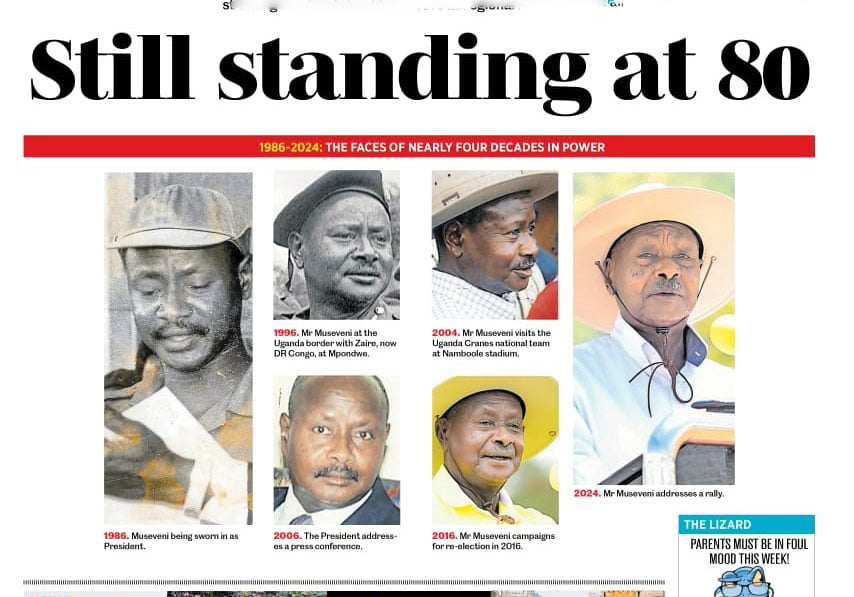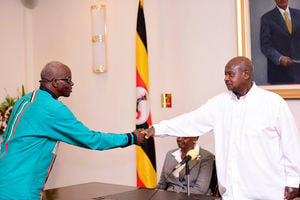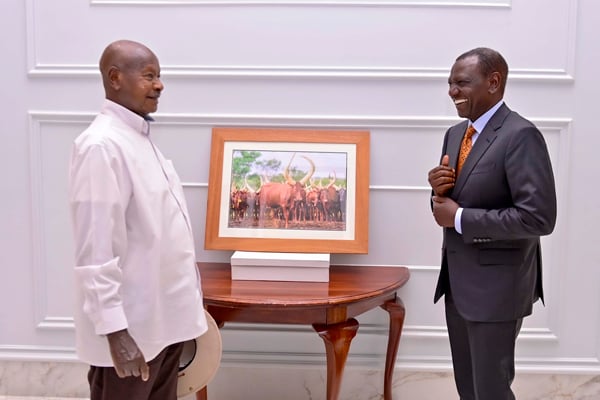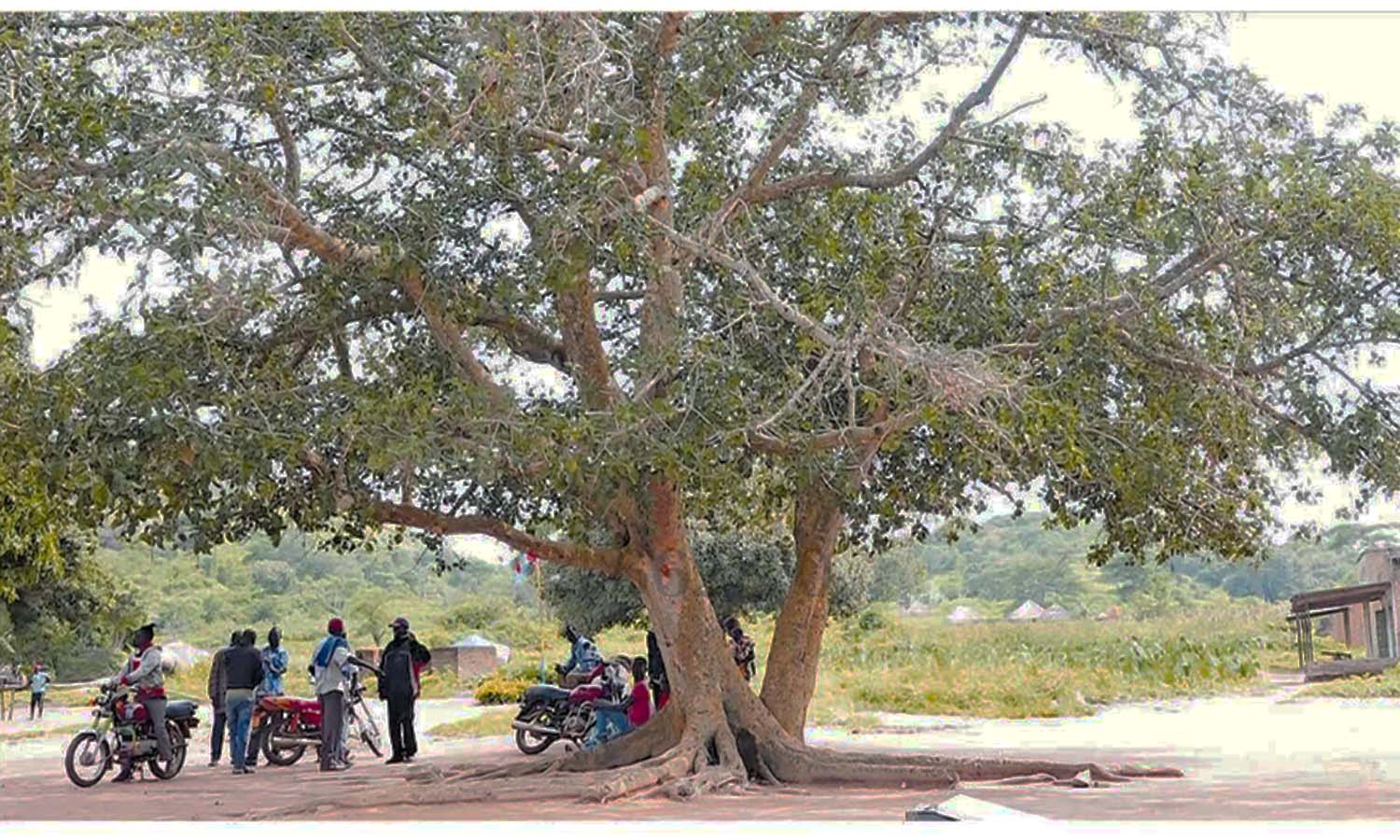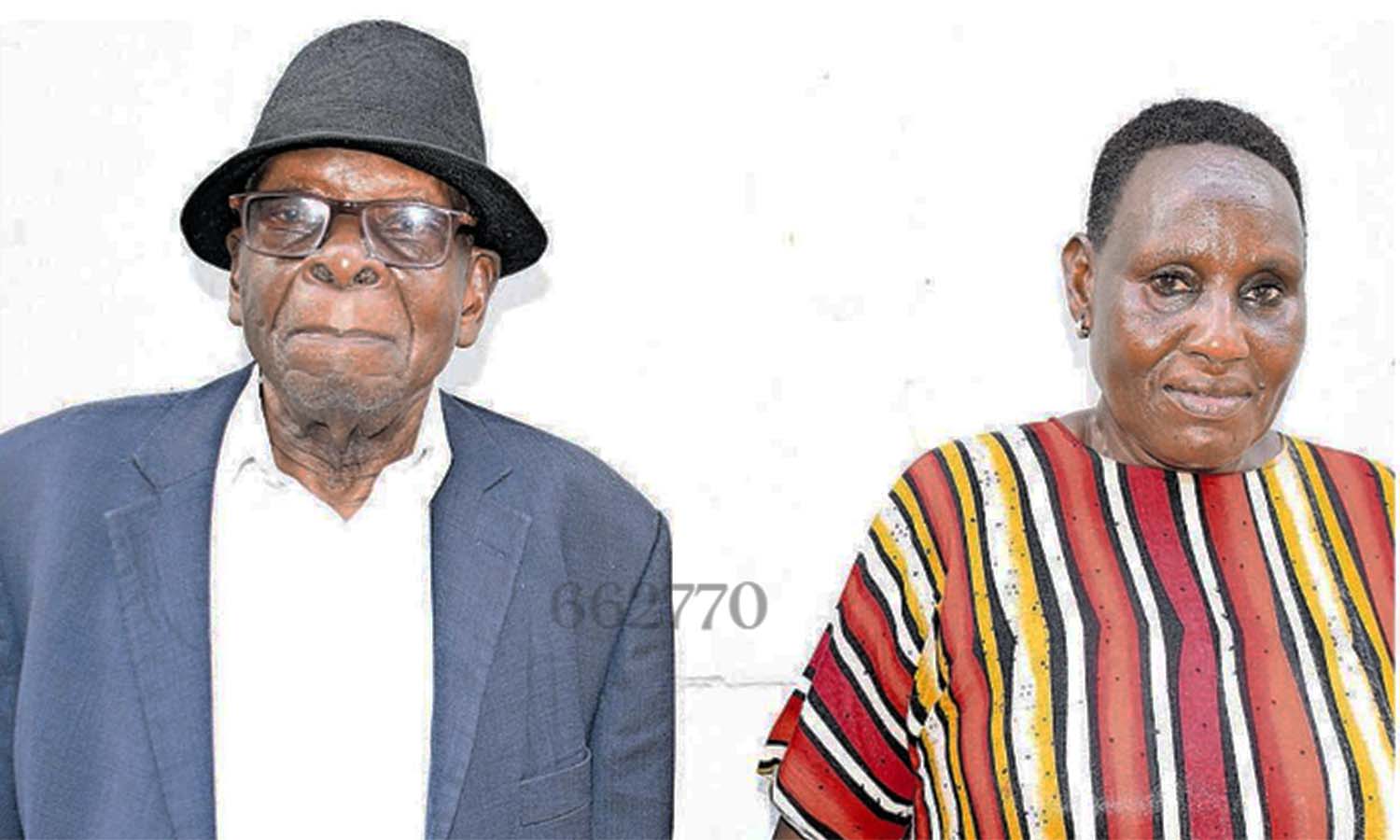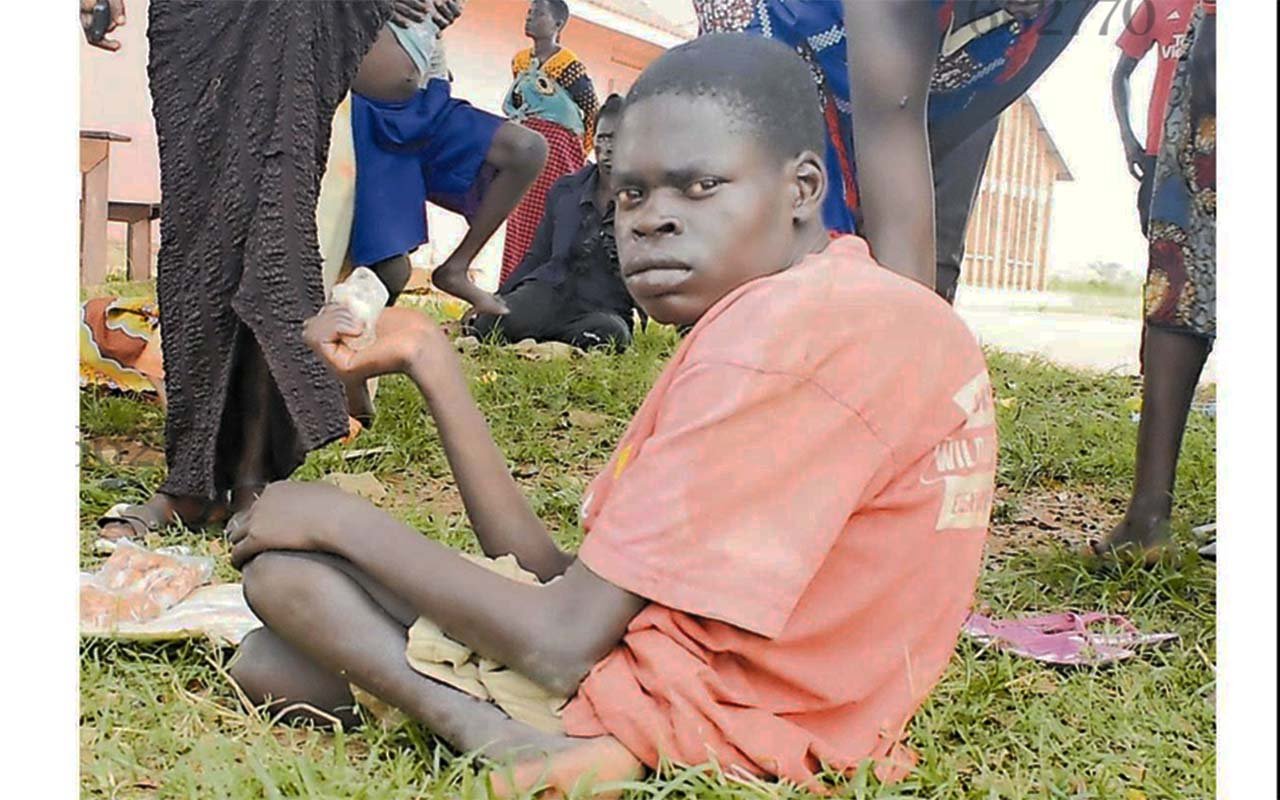
The National Resistance Army (NRA) rebel leader Yoweri Kaguta Museveni during the five-year guerilla war in Luweero before he took over power
Since President Museveni took over as the head of State in 1986, the leadership in the neigbouring countries has kept changing. We take a look at Mr Museveni’s counterparts since then.
Kenya
In 1986, Kenya was led by President Daniel Arap Moi, who had succeeded Jomo Kenyatta in 1978 and ruled until 2002. He was followed by President Mwai Kibaki, who served from 2002 to 2013. The presidency was then held by President Uhuru Kenyatta until 2022, after which the incumbent, President William Ruto, took over.
Tanzania
In 1986, Tanzania was under President Ali Hassan Mwinyi, who had been in office since 1985. He was succeeded by President Benjamin Mkapa, who ruled from 1995 to 2005. Mkapa was followed by President Jakaya Kikwete, who served from 2005 to 2015.
President John Pombe Magufuli then led the country from 2015 to 2021 when he died in office, ushering in President Samia Suluhu Hassan.
Rwanda
In 1986, when President Museveni took power, Rwanda was under the leadership of Juvenal Habyarimana, who had been in office since 1973. Habyarimana ruled for 21 years until his assassination in 1994.
He was briefly succeeded by Théodore Sindikubwabo (April 1994 to July 1994) for a transitional period of 104 days.
Pasteur Bizimungu then served from 1994 to 2000 before being succeeded by the current President, Paul Kagame.
Burundi
In 1986, President Jean-Baptiste Bagaza was in office, having ruled from 1984 to 1987. He was succeeded by Pierre Buyoya, who served from 1987 to 1993. After Buyoya, Melchior Ndadaye took office in 1993 but was assassinated in October of the same year.
He was briefly replaced by François Ngeze, who served for six days, followed by Sylvie Kinigi (1993 to 1994) for 101 days. Cyprien Ntaryamira then took over in April 1994, but was also assassinated within 60 days.
Sylvestre Ntibantunganya was then in office from 1994 to 1996, followed by Buyoya’s second term of office (1996 to 2003).
Domitien Ndayizeye served from 2003 to 200 and was succeeded by Pierre Nkurunziza, who ruled from 2005 to 2020.
He was replaced by the current President Evariste Ndayishimiye in 2020.
DR Congo
In 1986, Mobutu Sese Seko was the president, having ruled since 1971. He was succeeded by Laurent-Désiré Kabila, who came to power in 1997 and served until 2001.
His son, Joseph Kabila, then ruled from 2001 to 2019, after which Felix Tshisekedi became the incumbent president in 2019.
South Sudan
South Sudan, the youngest country in Africa, before gaining independence in 2011, was part of Sudan.
It was under the leadership of John Garang, who was a prominent leader in the Sudanese People's Liberation Army (SPLA).
Following South Sudan's independence in 2011, the current President Salva Kiir Mayardit took office.
RELATED
